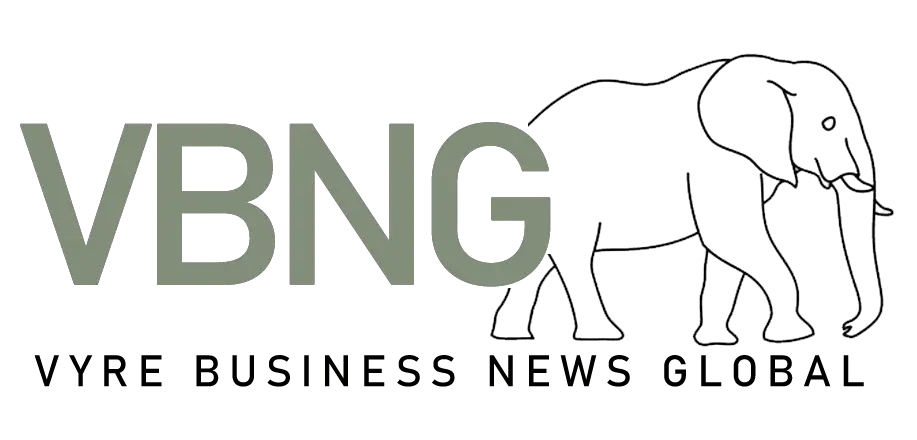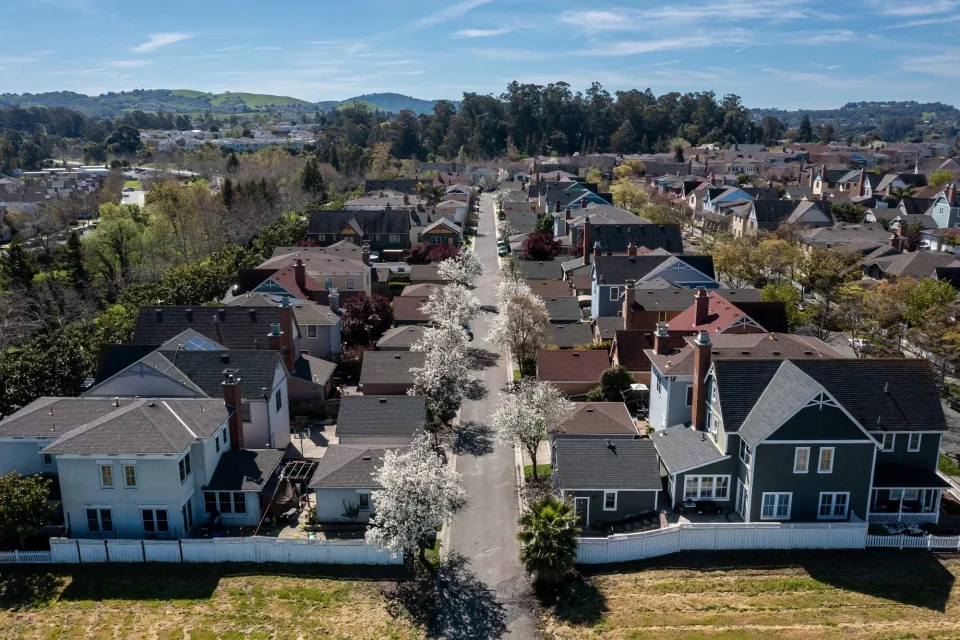Mortgage interest rates for 30-year fixed loans with conforming balances have edged up to 6.98%, marking the highest level seen since January of this year. This increase, from 6.92% just the previous week, underscores the persistent upward pressure in the housing finance market as borrowing costs continue to climb. The rise in mortgage rates is reshaping borrower behavior, with notable impacts on refinancing activity and home purchase demand.
The recent uptick in mortgage rates has led to a significant decline in refinancing activity. Applications to refinance existing home loans dropped by 7% in the latest week, signaling that fewer homeowners are seeking to take advantage of refinancing options amid the higher interest rate environment. This decline is not surprising given that refinancing typically makes the most financial sense when rates are lower than the original loan, allowing borrowers to reduce their monthly payments or shorten their loan terms.
With mortgage rates approaching 7%, many homeowners find the incentives to refinance less attractive. Those who locked in lower rates in previous years are particularly disinclined to refinance at a higher rate, as it could increase their monthly payments or extend the overall cost of their mortgage. Additionally, the closing costs and fees associated with refinancing may not justify the potential savings when rates are elevated.
This trend suggests a cautious stance among borrowers, many of whom are opting to maintain their current mortgage terms rather than incur higher costs. The drop in refinancing applications also reflects a broader shift in consumer behavior as the housing market adjusts to the new interest rate environment.
Contrasting the decline in refinancing, mortgage applications for home purchases have shown resilience, increasing by 2% compared to the prior week. This uptick indicates that despite the headwinds of rising borrowing costs, demand for purchasing homes remains steady or is even growing slightly.
Several factors may be driving this sustained demand. First, housing supply constraints continue to limit the availability of homes for sale, creating a sense of urgency among buyers who fear missing out. Limited inventory often pushes buyers to act quickly, even when financing costs are higher.
Second, expectations of further rate increases may be motivating prospective buyers to lock in mortgage rates now rather than wait and face even higher borrowing costs in the future. This “buy now before rates rise more” mentality can spur a short-term boost in purchase applications.
Lastly, demographic trends and lifestyle changes continue to fuel housing demand. Millennials and other younger generations are entering prime homebuying years, while some buyers are seeking larger or different types of homes post-pandemic, supporting steady purchase activity.
For homebuyers, mortgage rates nearing 7% represent a significant cost consideration. Higher rates translate into larger monthly payments and reduced purchasing power, potentially limiting affordability for some buyers. However, the steady rise in purchase applications suggests that many buyers are still willing to enter the market despite these challenges, driven by supply constraints and expectations of future rate hikes.
For homeowners, the decline in refinancing activity signals a shift away from leveraging low-rate environments to reduce debt costs. Instead, many are choosing to stay put with their existing loans, which could affect household finances and spending patterns.
Investors and market watchers view the approaching 7% mortgage rate as a key barometer of borrowing costs in the housing market. The divergence between falling refinance applications and rising purchase demand highlights a complex and evolving housing landscape. Affordability pressures coexist with persistent demand, creating a delicate balance that will shape market trends in the months ahead.
As the mortgage market continues to navigate higher rates, the interplay between refinancing reluctance and cautious homebuying optimism will be critical to watch. If rates stabilize or retreat slightly, refinancing activity could pick up again, providing homeowners with more financial flexibility. Conversely, if rates continue to climb, purchase demand may eventually soften as affordability constraints tighten.
The housing sector’s performance will also have broader implications for the overall economy, influencing consumer spending, construction activity, and financial markets. Policymakers, lenders, and buyers alike will be closely monitoring these trends to adapt strategies and expectations.

